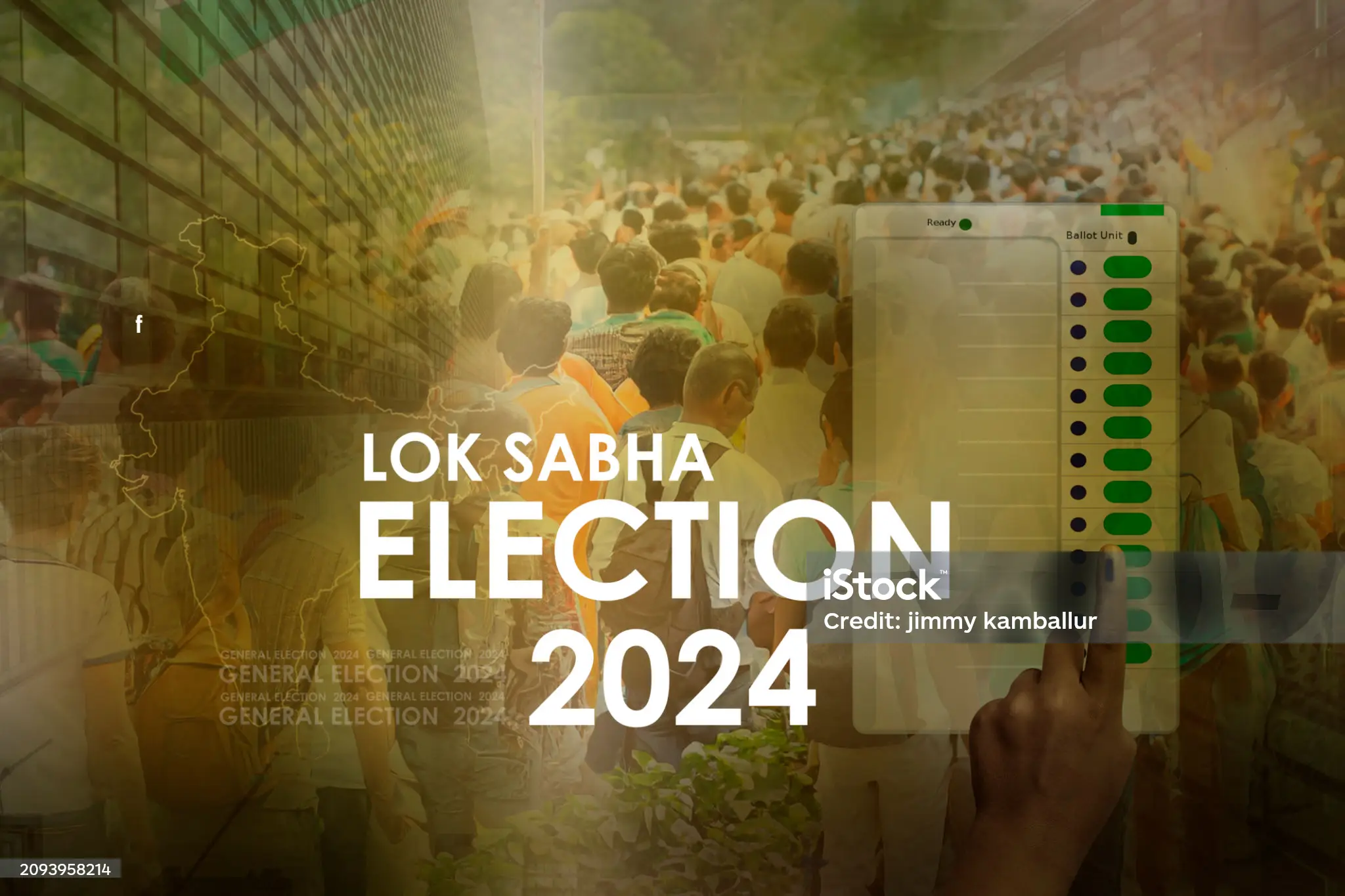
14/05/24 06:07 AM IST


These include ones in vulnerable areas, areas with abnormal law & order situations, those with unusually high ( over 90%, with over 75% votes polled in favour of one candidate), or low ( under 10%) voter turnout rates.
Polling stations where re-polling is held due to electoral offences, with instances of violence on polling day in the last five years, or with a disproportionate number of Absentee, Shifted, and Dead (ASD) voters may also be deemed critical polling stations by the ECI.
In such stations, the ECI conducts pre-poll confidence building initiatives, gets regular feedback from candidates and intelligence agencies, legally binds identified trouble-mongers, and uses preventive detention under appropriate sections of law. On the day of the poll, Central Armed Police Forces (CAPF) and Micro Observers are deployed.
Source- Indian Express

17 Sep
'Dehradun and several other districts in Uttarakhand have experienced very heavy rainfall over the past few days, triggering landslides in multiple areas and causing rivers to swel
Read More
08 Sep
'The Rajasthan Coaching Centres (Control and Regulation) Bill, 2025, is a significant piece of legislation passed by the Rajasthan Assembly to regulate and oversee the state's burg
Read More
28 Aug
'Recently, the Indian Space Research Organisation (ISRO) successfully carried out its first Integrated Air Drop Test (IADT-1), a crucial milestone in the preparation for the countr
Read More